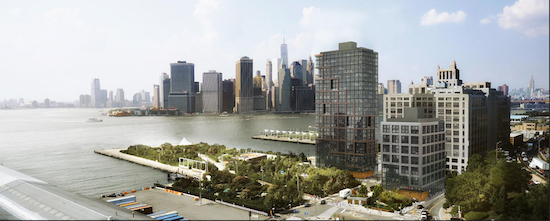Some pointed opinions on a changing Brooklyn Heights

Many Brooklyn Heights residents, particularly old-timers, feel like their neighborhood is under siege: increased vehicular traffic and significant street blockage from construction and renovation. Even street repairs and garbage collection — things necessary and ordinarily welcomed — cause noise and discomfort because so much traffic backs up when they occur.
Added to those woes today are height and density issues related to new construction on the perimeters of Brooklyn Heights. While no scientific survey has been taken yet, Brooklyn Heights may be more divided on this issue than it has ever been on any issue before.
Leaving aside the new tower proposed on the Heights library site and the removal of a Temporary Restraining Order on the waterfront construction at the north end of the Promenade — both subject to heated community meetings for months —we consider here the views of someone who believes opponents of Pier 6 construction are short-sighted, possibly selfish and misinformed about how government projects work.

Brooklyn Heights
View MoreRead the Brooklyn Height's Press and Cobble Hill News. Find out more about Brooklyn Height's History here.